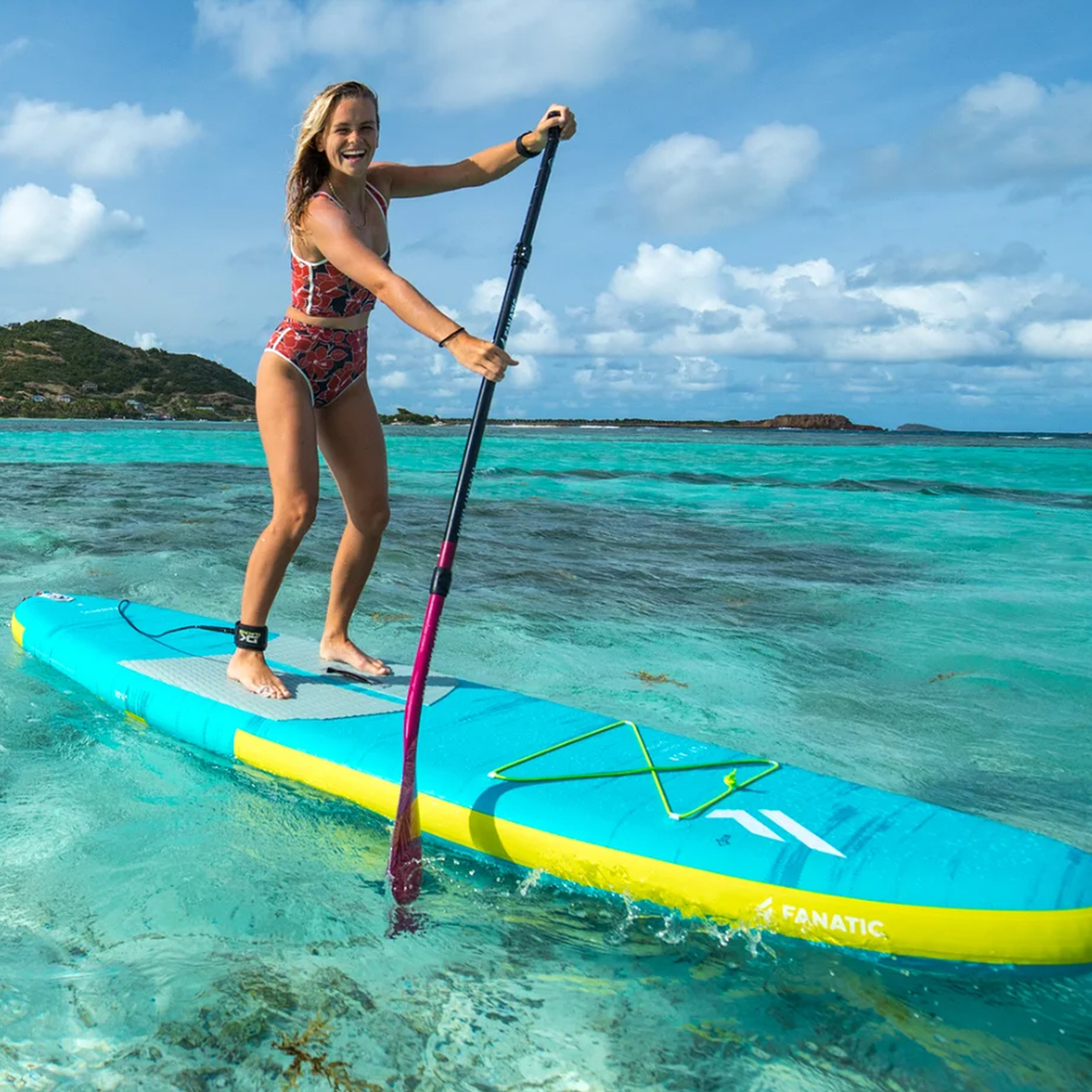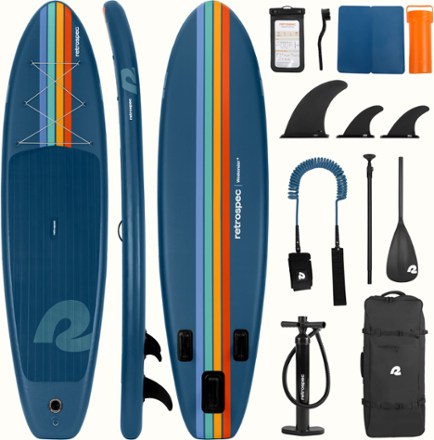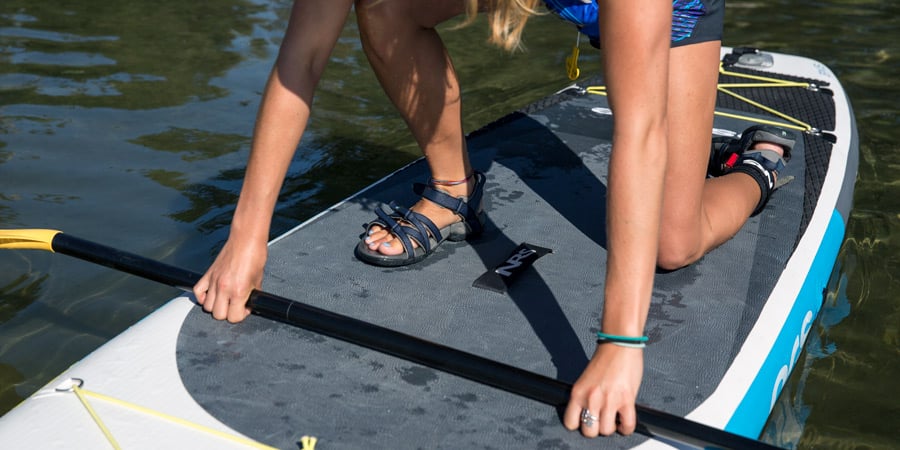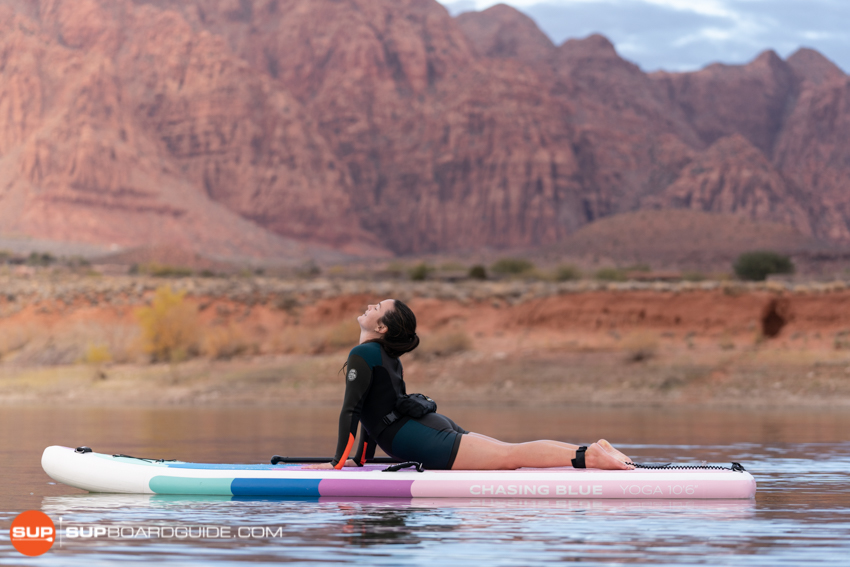Home
|
Stand-up paddleboarding (SUP) is a popular water sport that combines elements of surfing and canoeing. It involves standing on a specially designed paddleboard and using a paddle to propel yourself through the water. SUP can be enjoyed in various bodies of water, including oceans, lakes, rivers, and even calm ponds. (Written by ChatGPT) I've been paddleboarding (SUP) for 1 year now, and have fallen in love with this peaceful activity. It's hard to find another activity that is so meditative and yet still can work your arms if you want to increase speed, or row against winds and currents. To me, it is the yoga of watersports. |

|


